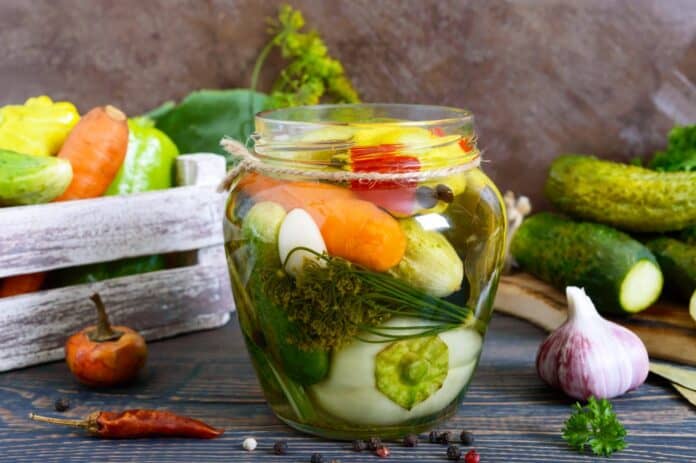As summer gardens and local markets begin to yield an abundance of fruits and vegetables, preserving that bounty for year-round use at home requires careful food safety practices.
Lester Schonberger, associate Extension specialist with Virginia Cooperative Extension, offers guidance on safe home food preservation methods, including freezing, canning, pickling, and dehydrating, to help Virginians make the most of their harvests.
“Always start with high-quality produce from a trusted source,” Schonberger said. “Select young, tender vegetables or fully ripened fruits, and wash and inspect them thoroughly before preserving.”
Improper preservation can lead to serious health risks, including illnesses such as botulism, if recipes or processes are not followed correctly. Recipes from unverified sources may not have the ingredient ratios just right, which can lead to the survival of dangerous microorganisms.
Schonberger recommends using only tested recipes from trusted sources such as Virginia Cooperative Extension, the National Center for Home Food Preservation, or the U.S. Department of Agriculture.
“Follow tested recipes closely — for example, when it comes to salt-to-produce ratios for fermentation and knowing whether you’re making a quick refrigerator pickle or one meant for longer preservation,” Schonberger said. “Use vinegar with 5 percent acidity or more. Using a lower acidity vinegar can be dangerous.”
When it comes to dehydrating, Schonberger said different produce has different preservation needs.
“Blanch vegetables before drying, and when it comes to fruit, air-drying is OK only under specific conditions – air temperatures above 85 degrees Fahrenheit, humidity below 60 percent, and bringing the fruit inside overnight,” he said. “In Virginia, using a dehydrator is usually a safer and more consistent option.”
Preserving summer’s bounty can be rewarding and safe with the right knowledge and tools. Schonberger’s tips for additional preservation methods include:
Freezing
- Blanch, cool, and dry vegetables before freezing to preserve texture.
- Use sugar syrup for fruits. Some fruits, such as apples and peaches, should be dipped in ascorbic acid to prevent browning.
- Freeze in small, even layers at 0 degrees Fahrenheit.
- For best quality, use within eight to 12 months.
Canning
- Use only tested recipes from Virginia Cooperative Extension, the National Center for Home Food Preservation, or the U.S. Department of Agriculture.
- Avoid unverified recipes from blogs or social media.
- Consider taking a hands-on class through your local Extension office.
Pickling
- Use vinegar with at least 5 percent acidity.
- For safety precautions, do not taste any fermentation batch that has bad or off odors. Discard it.
- Follow trusted recipes closely, especially ratios of salt, vinegar, and produce.
Dehydrating
- Blanch vegetables before drying to preserve color and flavor.
- Because of the temperature and humidity in Virginia, use a dehydrator rather than air-drying.
- Pasteurize air-dried foods to kill insect eggs and other contaminants: 160 degrees Fahrenheit for 30 minutes in the oven or 0 degrees Fahrenheit for 48 hours in the freezer.
- Store in sealed containers and shake daily for seven to 10 days to condition
For more information on food preservation classes and local support, contact your local Extension office.
Access free Extension resources at pubs.ext.vt.edu/tags.resource.html/pubs_ext_vt_edu:food-preservation
For information on harvest and produce prep safety, see: Homegrown doesn’t mean risk-free: Tips for safe handling of garden produce from an expert.
About Schonberger
Lester Schonberger is an associate Extension specialist in the Department of Food Science and Technology at Virginia Tech. He supports programs related to home food preservation, general consumer food handling, food service food handling, food donation, and produce safety, among other topics. He also coordinates the Virginia Cooperative Extension’s Master Food Volunteer Program, which helps Extension reach more Virginians with up-to-date, research-based knowledge of food preparation, nutrition, food safety, and physical activity. His work centers on increasing everyone’s ability to access and prepare safe, quality food.
By Christie Culliton


